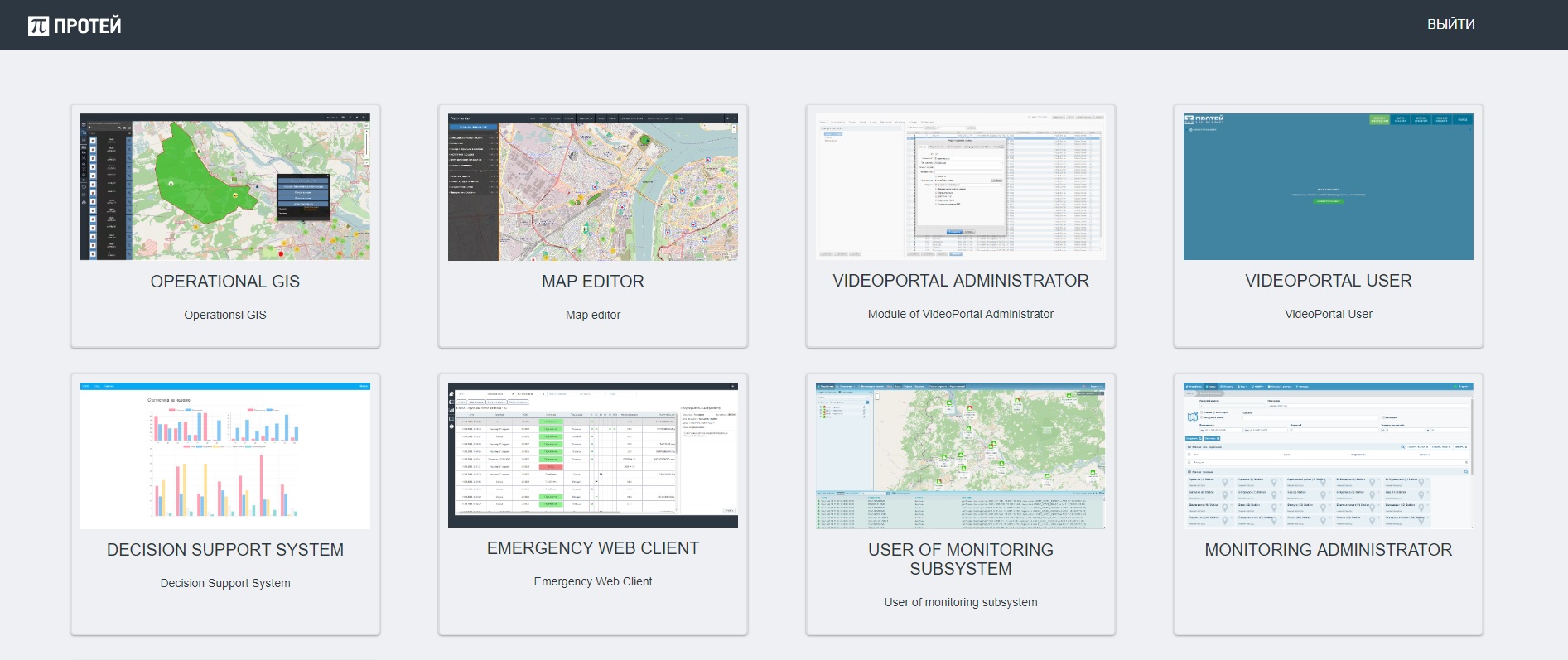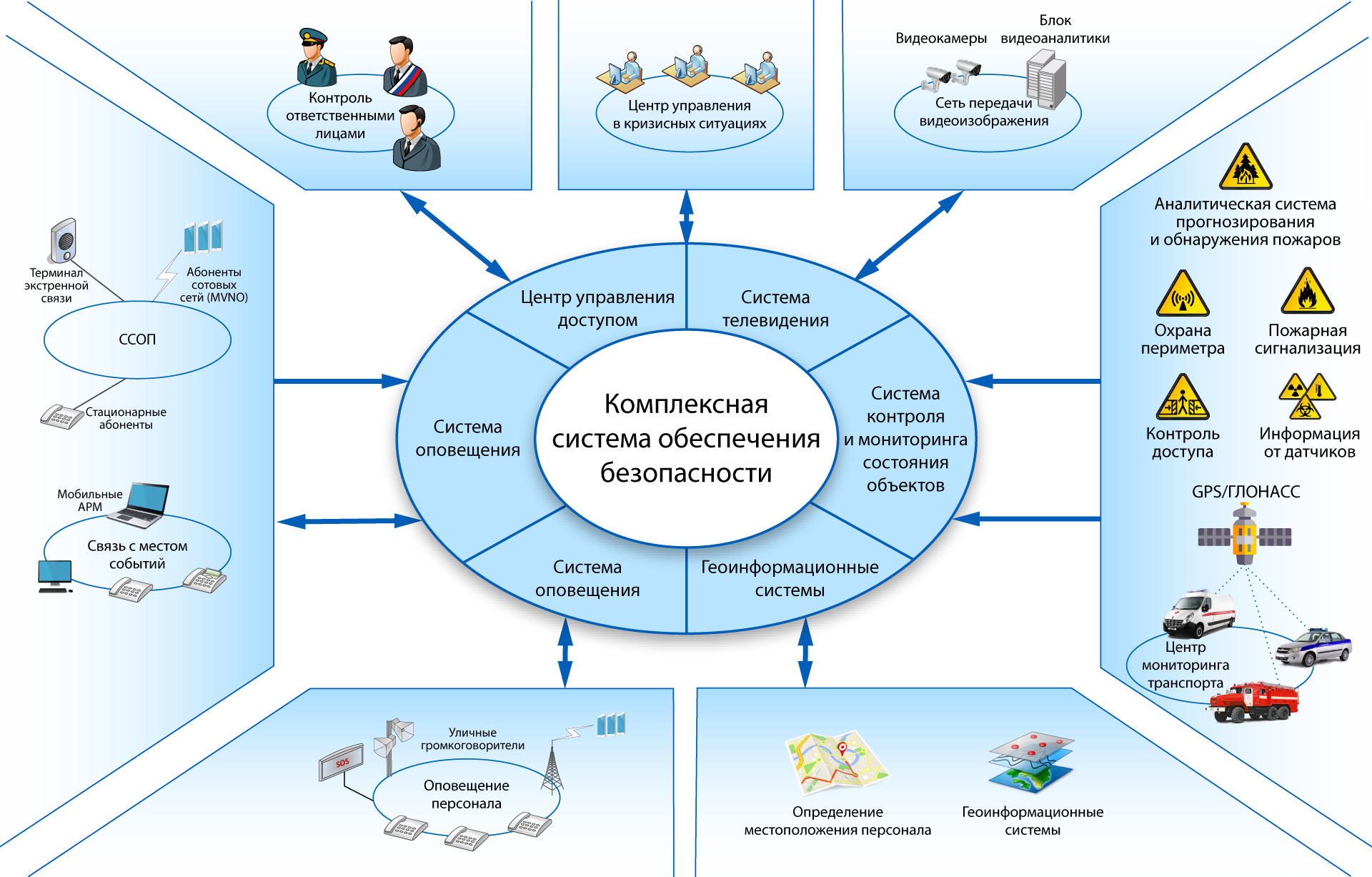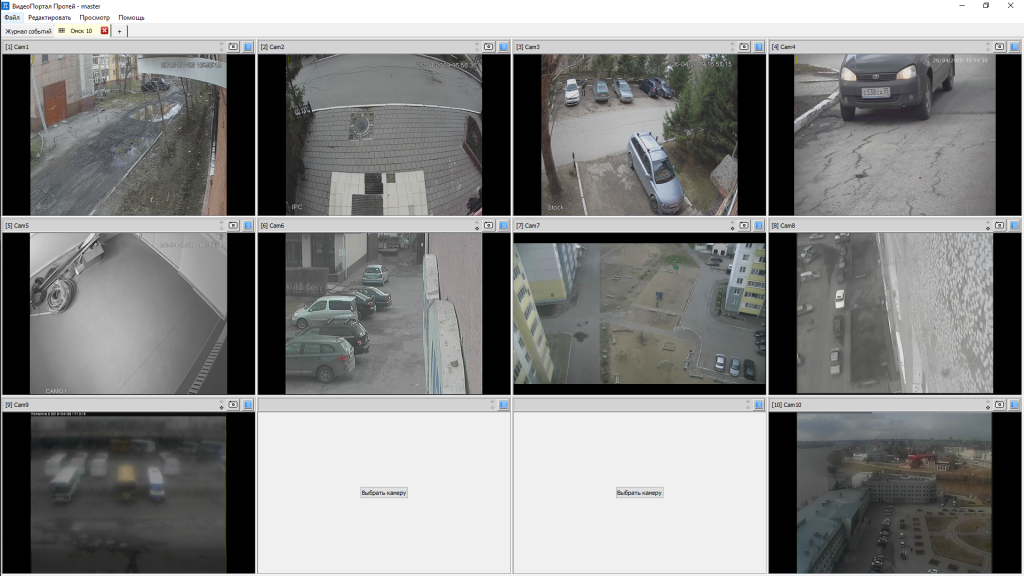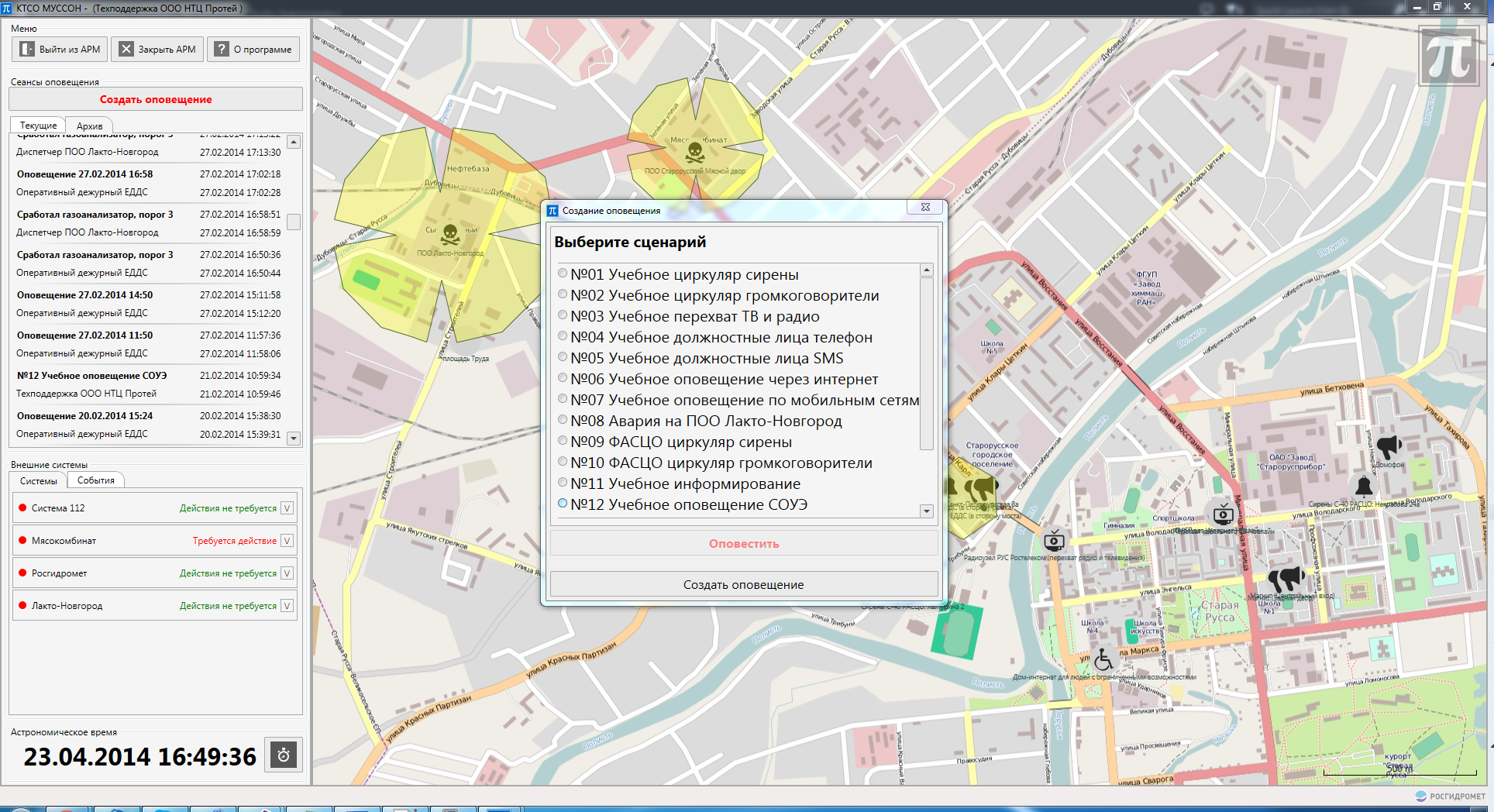
Covid and its aftermath destroyed the foundation of the human value pyramid. He hit the most important thing - security. In the 21st century, it is not impressive to be afraid of a “cold”, but we have to. And we have to find effective solutions in an unpredictable space. How many of your plans for 2020 have come true? Could at least one risk manager have predicted the worldwide quarantine? I couldn't, but modern knowledge and technologies have minimized, in our opinion, the consequences of the new epidemiological reality.
Our engineers asked which of these technologies helped and will continue to help in the future. And partly we found the answer thanks to our own experience. Here we will not touch upon the medical aspect, but we will formulate our technical recipe for a safe city and region. Fortunately, there is a successful experience, well-stocked "bumps", and room for development. We will share with you our developments and ask the opinion of professionals.
With what they eat APK "Safe City"
The Safe City hardware and software complex is a complex of existing and promising automation tools in the field of public law and order, safety and a comfortable environment in urban infrastructure.
Regulatory documentation for 2020 on the technical aspects of the “Safe City” hardware and software complex is scarce and does not always provide answers to a number of specific problems that arise directly in the implementation process. For example, a video surveillance system, rightly considered to be key, is removed from the core and is considered as an external system. At the same time, video analytics modules should be connected to it and provide automation of detecting alarm events.
Now try to solve the problem of integrating several video surveillance systems already installed in the region from different vendors, different types and production times within one system. Have you presented? How to analyze this tangle of video streams, how to attach video analytics to this? And how can it be reduced to a single standard within one system?
Implementing all protocols in the kernel, including proprietary ones, means permanently postponing implementation dates and unreasonably inflating the project budget. But this applies not only to regional and municipal video surveillance systems, but also to public warning systems, and transport monitoring, panic buttons, environmental control, forecasting, and so on. The list is colossal! What can be done?

Essentially
Let's turn to the regulatory documents. Uniform requirements for the technical parameters of the segments of the "Safe City" hardware and software complex (06/28/2017) concisely state that the core of the "Safe City" platform should have 2 key subsystems: the Regional Integration Platform (RIP) and the Unified Operational Control Center (ECOR) ... Simple, expensive and minimally functional. Only data analysis and management, the rest is integration.
It seems that the required minimum is provided, you can build "Safe Cities". However, in practice, such a task becomes practically insoluble if the goal is to ensure the safety of the population, since each region already has different systems and solutions that need to be piled up. It turns out to be very laborious and not always technically beautiful. Do that, I don't know what, but to make it work.
For example, in Kursk, as part of the work on the creation of the APK "Safe City", work was carried out to integrate with the existing video surveillance server, and initially there was a choice between 2 options: quickly and cheaply integrate using a proprietary protocol, or modify the system core and implement a much more universal ONVIF protocol. The development of the system and the implementation of ONVIF became a conscious choice. This was an important step in the development of a one-stop solution.
The implementation of the "Safe City" agro-industrial complex is gradually gaining momentum, however, there are problems. This is a delay in deadlines, and distortion, increase, bloat in the process of tasks under contracts and a banal lack of funding. What are these implementation features related to? How can we influence implementation?
There are shortcomings in the regulatory framework, in the fragmentation of systems, the need for their integration with each other, in the readiness of regions to implement and the absence of uniform standards for integration, intersystem and interdepartmental interaction.
Add ingredients
Recall that now, to bookmark a Safe City, only 2 key subsystems are needed: the RIP to create a unified information space and the ECED to manage data flows and manage the situation. Our experience in the development and implementation of the "Safe City" agro-industrial complex suggests that this is extremely small and several critical subsystems must be added to the core of the system. Without these ingredients, you can't normally make Safe Cities porridge. Critical infrastructure needs to be built with a new recipe.
Firstly, it is imperative to add an integration subsystem of video surveillance and video analytics as key data sources. During the pandemic, the importance of this functionality has increased significantly, because it has become necessary to monitor the congestion of people, the number of citizens on the streets, and the main flows of cars and people, their places of stay.
This helps not only to prevent illegal actions, but also provides information on how accurately the security measures are observed and whether the management decisions taken give real results. The regions may have dozens of their own video surveillance systems, which are not interconnected in any way. This zoo needs to be connected, synchronized with each other.

Therefore, we need our own video surveillance integration platform in the core of the BG in order to exclude numerous problems of interfacing with local solutions. After all, video surveillance today allows you not only to get a picture, but also to connect video analytics or take control of a specific camera. It is believed that you can easily attach video analytics to existing cameras and enjoy the result. Does not work. Everywhere, where we introduced the APK "Safe City", we needed a serious adjustment of cameras for specific tasks.
In reality, we had to face such a task in Omsk, where we were responsible for the implementation of a part of the video surveillance server (SVN). The biggest work has been done in terms of building the integration bus. Integrations with existing SVN and third-party DVRs have been implemented using their proprietary protocols. Here, unfortunately, ONVIF did not help.
Work was carried out to ensure interaction with video analytics systems of various vendors, including a license plate recognition system (LPR), which works on conventional video surveillance cameras. Further, its triggers are transferred to the AIS of the regional division of the Ministry of Internal Affairs. In general, streams of the entire spectrum of devices available in the region were brought into the system: from analog cameras to the boundaries of the photo-video recording system. The apogee of this project is the integration of the video portal and RIP APK BG. This made it possible to transmit information about all cameras in the region, broadcast online video, archive, as well as transmit events triggered by video analytics to a single center.
Secondly, an important element in the preparation of safe cities is a subsystem for monitoring stationary and mobile objects. It is necessary to see traffic jams, available vehicles, and monitoring sensors on stationary objects, and not forget about the environment. It will not be possible to assess reserves and predict the situation only by cameras. And all this data also comes from different subsystems and all of them need to be combined within the core of the APK BG, and not just combined, but somewhere and managed. So it turns out that the monitoring subsystem is simply obliged to be included in the list of products required for the preparation of a first-class agro-industrial complex "BG".
And the third key subsystem of the BG agro-industrial complex, which is not yet part of the core, is the population warning system. In Russia, it has long been created by both RASTSO and KSEON, but when integrating with a safe city, problems arise both with the management of this economy and with feedback. There is a pairing, the sending of a command seems to be going on, but it is often impossible to understand whether the message has reached the operator of the external warning system, and whether people have heard it.
In the event of an emergency, the notification should not only be effective, but also focused exactly on the area where it is needed. A big plus is the integration of alerts with GIS and forecasting systems. For example, in the event of a fire at an enterprise, the calculation of the affected area will be carried out and residents of only those areas that fall into this zone will be notified. The notification management platform should be in the BG. By the way, pandemic warning systems are involved in the dissemination of information, for example, about security measures.

An example of the implementation of an emergency warning system is a project in the Tyumen region. At present, the entire region and all municipalities are covered by a loudspeaker warning system, and a subsystem for monitoring chemically hazardous objects has been implemented for a number of enterprises. Integration with the existing equipment of various manufacturers was carried out in the region, as well as an algorithm for intercepting television and radio broadcasting and alerting officials by phone. The system has a distributed architecture, a fault-tolerant cluster is located in the data center, as well as a local server in each municipality. In general, the project is designed to ensure the guaranteed transmission of important information to the population in case of emergency and emergency. And its integration into a safe city is only a matter of time and the updating of regulatory documents.
What will be the highlight?
Often in the regions, they forget about such an important subsystem for safe cities, as the control and decision support module. And it is vital in order to learn how to use all the benefits of the implemented integrations. The control module is needed to make an effective decision by managers when a hazard occurs.
A clear picture of the incident, supported by automated data analysis, is a good basis for informed orders. And the right order at the right time often helps to save people's lives and health. Plus, tracking all stages of the implementation of the orders given helps to quickly monitor their implementation, and, if necessary, correct them. In this version, no one can say that he did not understand, did not hear, or forgot to do his job. In this form, modern security technologies can truly work for people, ensuring their safety.
But how can you predict the future and check that the decision-making subsystem is working? Here, the developments of the ministries of the Russian Federation come to the rescue with numerous methods for analyzing situations and calculating indicators. They are based on real experience and provide developers with all the necessary information about the formulas and features of calculating certain situations.
Integration of several data sources in the core of the Safe City helps to obtain the currently relevant values (volume of emissions, type of substance, wind direction, temperature) and, on the basis of them, build the most effective response plan, an algorithm of actions.
The calculation methodology implemented in the form of a program takes into account the data obtained and builds a visual forecast of the development of events. There is a forecast, you can also suggest a decision approved or changed by the responsible person. The more the forecasting and decision-making system knows and can do, the more peacefully citizens will sleep.

And for dessert
Modern technology must work for people and for their safety. Today there is a lot of talk about digitalization, digital transformation, security automation, but there are few real implementations. There is a need for safe cities now, but there is also a need for a working normative base and ideas. The concept of the APK "Safe City" is extremely important and must be implemented by all members of the large development community.
A safe city is the foundation on which we are building Russia's digital future. Digital transformation is approaching today with the introduction of automated security solutions. The concept of a mono-vendor kernel with an extended list of key subsystems seems to be the most promising now. I would like to bring it up for discussion by the Habr professional community and hear, possibly, alternative opinions of developers.
What did you like about our concept? Where do you see her strengths and weaknesses? What technical solutions can help in the approach of the digital future, and do we want it? Let's try to avoid the "zoo" in such an important matter as our safety and formulate a technically sound concept.